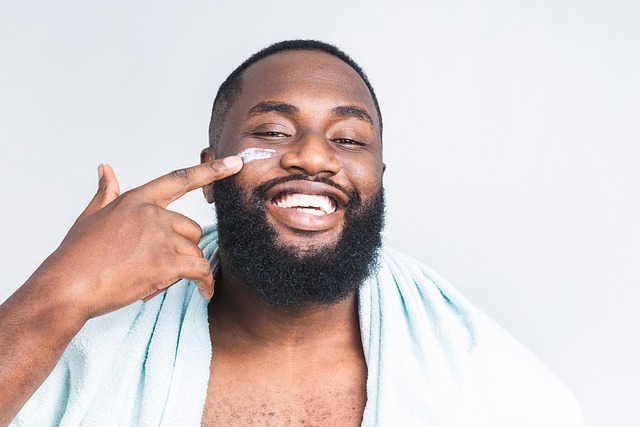Physical Address
304 North Cardinal St.
Dorchester Center, MA 02124
Physical Address
304 North Cardinal St.
Dorchester Center, MA 02124

Introduction
Oily skin can be both a blessing and a challenge. While natural oils help preserve the skin and delay the appearance of aging, excess oil can lead to clogged pores, acne, and an unwanted shiny appearance. Understanding how to care for oily skin effectively is essential for maintaining a balanced, healthy complexion. This comprehensive guide explores the best skincare practices for oily skin, backed by dermatological insights and enhanced with SEO-optimized tips for maximum reach and engagement.
Oily skin is primarily caused by overactive sebaceous glands that produce excess sebum. This can be influenced by several factors:
Common characteristics of oily skin include:
Knowing your skin type is the first step in tailoring an effective skincare routine.
Best Practice: Use a gentle, foaming cleanser twice daily.
Recommended Ingredients:
Avoid:
SEO Tip: Include keywords like “best cleanser for oily skin” or “foaming face wash for oily skin.”
Best Practice: Exfoliate 2-3 times per week to remove dead skin cells and prevent clogged pores.
Recommended Ingredients:
Avoid:
SEO Tip: Use terms like “best exfoliator for oily skin” and “chemical exfoliant for acne-prone skin.”
Best Practice: Use an alcohol-free toner to rebalance the skin’s pH and tighten pores.
Recommended Ingredients:
Avoid:
Best Practice: Always use a lightweight, oil-free moisturizer.
Recommended Ingredients:
SEO Tip: Include keywords like “non-comedogenic moisturizer for oily skin” and “lightweight face cream for oily skin.”
Best Practice: Apply a broad-spectrum sunscreen daily, even on cloudy days.
Recommended Sunscreens:
Avoid:
SEO Tip: Use terms like “best sunscreen for oily skin” and “matte sunscreen SPF 50.”
Use blotting papers throughout the day to absorb excess oil without disturbing makeup.
Apply a clay mask once or twice a week to draw out impurities and reduce shine.
A healthy diet and adequate water intake can influence skin health.
Stick to your routine and avoid the temptation to switch products too frequently.
Q1: Can oily skin be dehydrated? Yes, oily skin can lack water, making it dehydrated. Using a hydrating but oil-free moisturizer is essential.
Q2: How often should I wash my face? Twice a day is ideal—morning and night. Over-washing can irritate the skin.
Q3: What makeup is best for oily skin? Look for oil-free, non-comedogenic, and long-wear products. Mineral makeup is a great option.
Q4: Are natural remedies effective for oily skin? Some natural ingredients like tea tree oil and aloe vera can help, but they should be used cautiously and not replace clinically proven treatments.
Q5: Will oily skin go away with age? Oil production may decrease with age, but skincare is still essential for maintenance and prevention.
Managing oily skin doesn’t mean eliminating oil altogether—it’s about finding the right balance. With a consistent, targeted skincare routine and smart product choices, you can control shine, reduce breakouts, and maintain healthy, glowing skin. Whether you’re just beginning your skincare journey or refining your existing routine, these best practices for oily skin will help you put your best face forward.
For more expert skincare tips and in-depth guides, subscribe to our newsletter or follow us on social media!